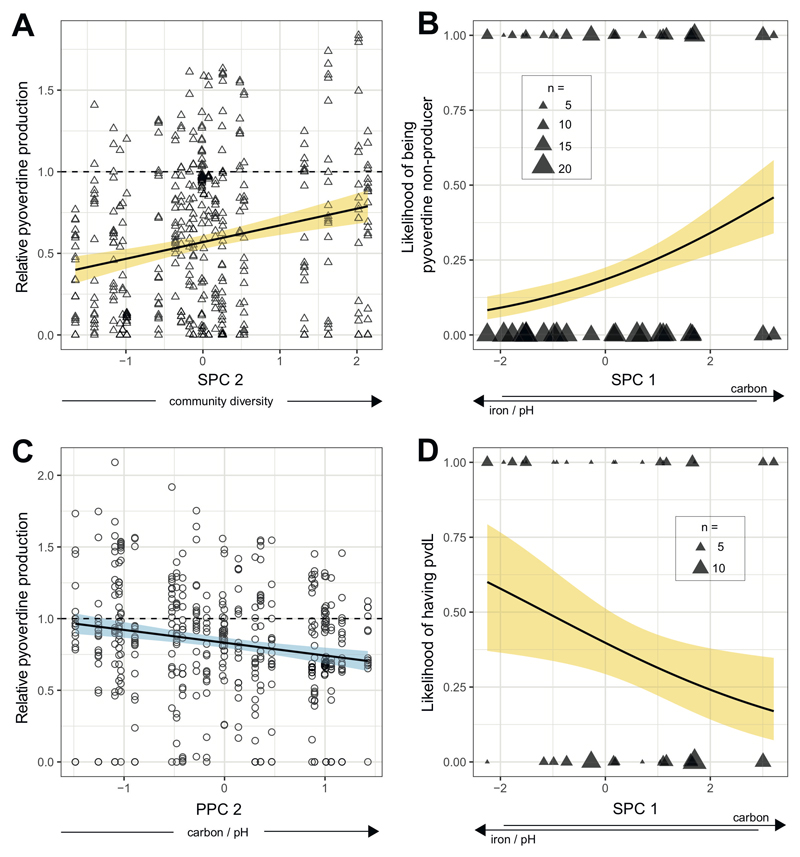Figure 2. Correlations between parameters of pyoverdine production and environmental variables.
In soil communities (n = 462 isolates), relative pyoverdine production in iron-limited medium increased with community diversity (SPC2) (A), whereas the likelihood of being a pyoverdine non-producer correlated with SPC1, i.e. increased with higher concentration of carbon in combination with lower pH and reduced iron concentration (B). For pond communities (n = 468 isolates), relative pyoverdine production correlated negatively with PPC2, i.e. decreased with higher concentrations of of carbon in combination with increased pH (C). A PCR amplification of the gene pvdL in the 91 non-producers from soil revealed a negative correlation between the likelihood of having pvdL and SPC1 (D). Since pvdL serves as an indicator for the presence of the pyoverdine biosynthesis locus, this analysis indicates that the likelihood of still having pvdL, although being a non-producer, increases in habitats characterized by high pH and iron in combination with low carbon. Solid lines with shaded areas show significant correlations together with the 95% confidence band for soil (yellow) and pond (blue) communities. Dashed lines depict scaled pyoverdine production of reference strains (Table S1).

